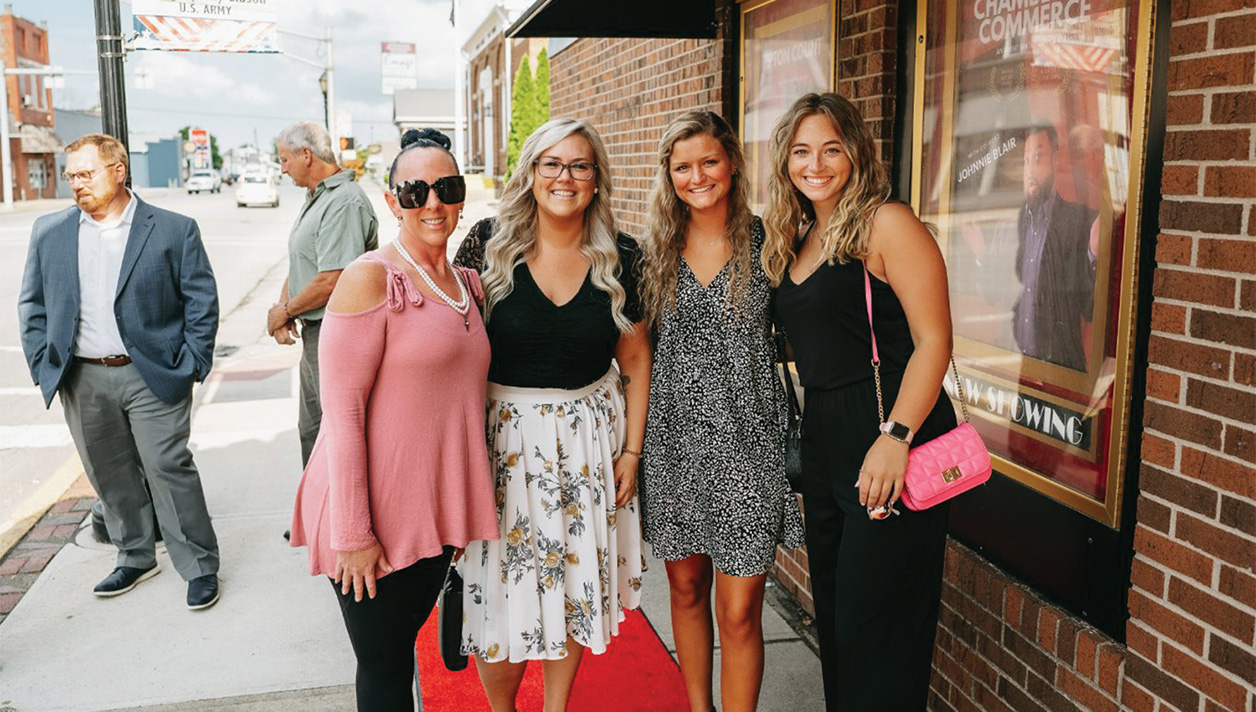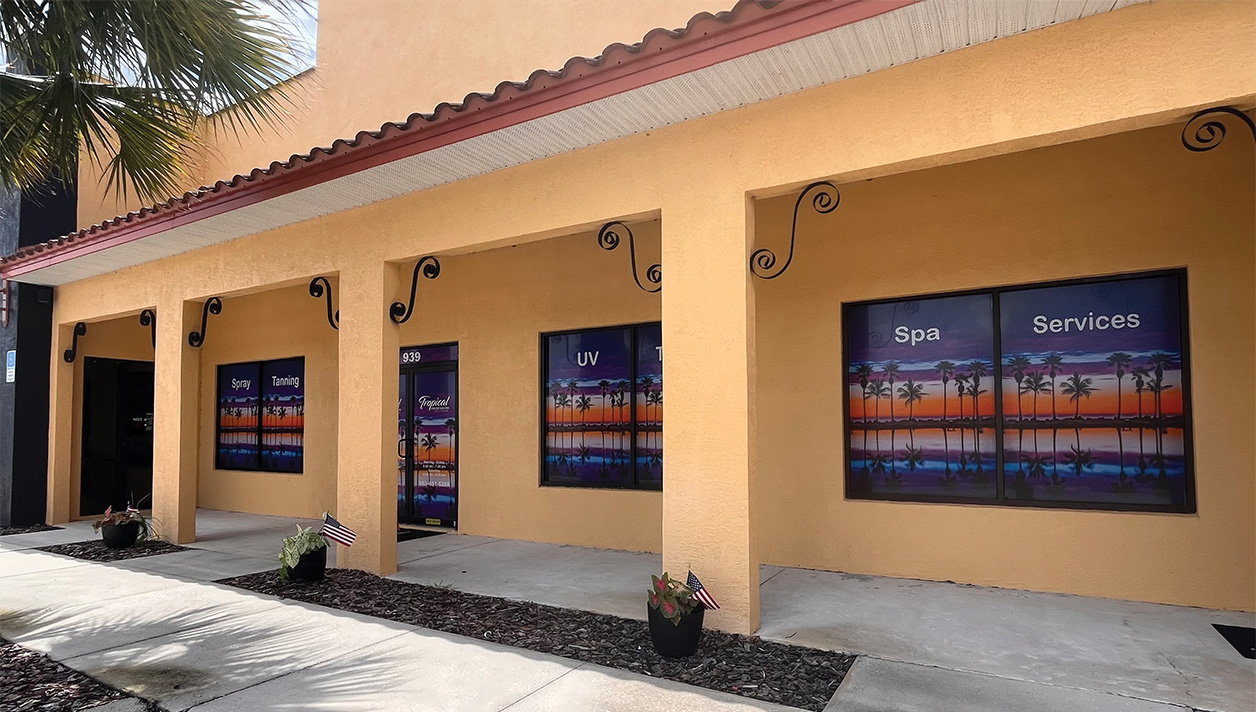Today’s typical heroin user is a middle-class suburban dweller who started off with prescription painkillers, a new study reports.
Once mainly a problem of teens living in impoverished neighborhoods in large cities, heroin use now more commonly affects whites in their early 20s, according to research published online May 28 in JAMA Psychiatry.
“There really has been a shift, in just the past five years or so. There’s been a migration (of heroin abuse) to the suburbs,” said lead researcher Theodore Cicero, a professor of psychiatry at Washington University in St. Louis.
Cicero added that the current findings weren’t unexpected. “This is verifying, in a systematic way, what we’ve suspected,” he said.
The shift of heroin use to the suburbs appears to be mainly related to abuse of prescription narcotics such as oxycodone (OxyContin), hydrocodone (Vicodin) and fentanyl (Duragesic). A “subset” of people prescribed those medications become addicted, cannot afford to keep abusing the pricey drugs, and then switch to heroin, Cicero said.
That didn’t happen before the 1990s because doctors weren’t prescribing powerful narcotics, explained Dr. Herbert Kleber, an addiction expert at the New York State Psychiatric Institute and Columbia University Medical Center in New York City.
“For years, a lot of people in pain couldn’t get adequate relief,” Kleber said. “Then in the 1990s, there was a rebellion against that. Pain became the ‘fifth vital sign’ in medicine.”
That meant that many more pain patients got legitimate prescriptions. A side effect, though, was that prescription painkiller abuse and overdose shot up, Kleber noted.
U.S. sales of prescription narcotics rose 300 percent between 1999 and 2008, according to the U.S. Centers for Disease Control and Prevention (CDC). Meanwhile, drug overdose deaths tripled during roughly the same time period – largely due to prescription narcotics. ➔
And, then there’s the issue of prescription narcotic abusers switching to heroin. Media reports have highlighted the problem, Cicero said, but the new findings give it scientific weight.
For the study, the researchers used data from a survey of almost 2,800 U.S. patients undergoing treatment for heroin abuse. They found that patients who’d begun using heroin back in the 1960s were mostly men who’d chosen heroin as their first drug of abuse – usually as teenagers. Just over half were white.
That profile shifted over time, however – especially during the 1990s. And by 2010, about 90 percent of recently initiated heroin abusers were white, and half were women. The average age of today’s heroin user was 22.9 years old. And, 75 percent lived in “less urban” areas, according to the study.
Three-quarters of people who began abusing heroin after 2000 only did so after they were hooked on prescription painkillers.
In interviews with the researchers, 54 study participants talked about their motivations to switch to heroin: It’s cheap and easy to get.
“The heroin dealer has changed from the stereotypical image of a guy on a dark street corner in a bad neighborhood,” Cicero said.
Instead, people reported getting heroin from middle-class neighbors or classmates. And the price tag added to the allure.
On the street, OxyContin can run up to $80 for a pill – while heroin can be as cheap as $6 for a bag, Kleber noted.
What’s “scary,” Cicero said, is that injecting heroin carries risks beyond those of abusing narcotic pills – including the risk of infection from sharing needles, and the potentially fatal effects of injecting a substance that may not be pure or sterile.
That said, both Cicero and Kleber stressed that the findings are not a reason to deny painkiller prescriptions to people who need them.
“Very few” people who take the medications for legitimate reasons are going to become heroin addicts, Cicero pointed out. “The average patient doesn’t need to worry about that,” he said.
Another addiction expert said the study is limited by the fact that it included only heroin abusers seeking treatment at around 150 centers. It’s not clear how “socioeconomically diverse” that group of people might be, said Janina Kean, president of the High Watch Recovery Center, a drug rehab facility in Kent, Conn.
However, she agreed that heroin is now entrenched in the suburbs.
The bigger issue, Kean said, is that “in this country, we are still not adequately treating a serious chronic disease, which is addiction.”
In this study, some heroin abusers said they didn’t, at first, see themselves as addicts because they did not fit the stereotypical “junkie” image. Kean said people need to be educated on what addiction really looks like.
“There’s so much stigma around it,” she said. “And stigma is a barrier to treatment.”
Healthday
























